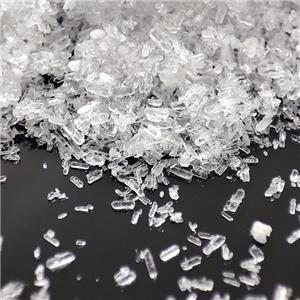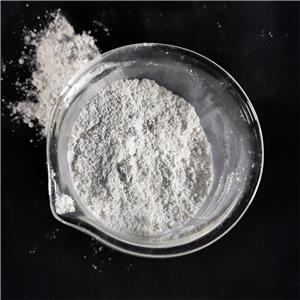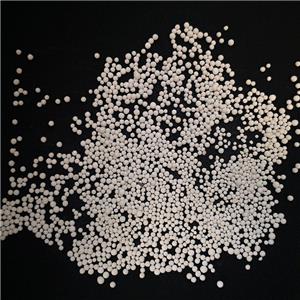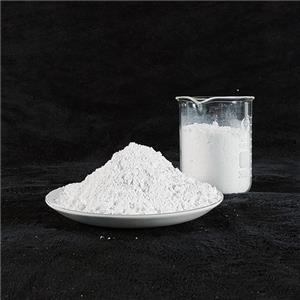What are the five uses of magnesium hydroxide?
The Versatile Power of Magnesium Hydroxide: Five Key Uses
Magnesium hydroxide, with its simple chemical formula Mg(OH)₂, is a common compound that plays a surprisingly diverse role in our daily lives and various industries. Let's explore the five primary uses that make magnesium hydroxide an indispensable compound.
1. Medicinal Use: An Antacid and Laxative
The most well-known application of magnesium hydroxide is in the field of medicine, specifically as an over-the-counter remedy for digestive issues.
As an Antacid: When you experience heartburn or indigestion caused by excess stomach acid (hydrochloric acid), magnesium hydroxide comes to the rescue. It acts as a base to neutralize the acid in a simple chemical reaction:
Mg(OH)₂ + 2HCl → MgCl₂ + 2H₂O
This reaction produces magnesium chloride and water, effectively raising the pH in the stomach and providing rapid relief from discomfort.
As a Saline Laxative: In higher doses, magnesium hydroxide acts as an osmotic laxative. It works by drawing water into the intestines from surrounding tissues through osmosis. This process softens the stool and increases its volume, which stimulates bowel movements and relieves constipation. This dual-action makes "milk of magnesia" a household staple.
2. Environmental Management: A Water Treatment Agent
Magnesium hydroxide is an increasingly popular and environmentally friendly alternative to caustic soda (sodium hydroxide) for treating industrial and municipal wastewater.
pH Adjustment and Heavy Metal Removal: It is used to neutralize acidic wastewater from various industries, including mining and metal plating. As the pH is raised, dissolved heavy metals like lead, copper, and nickel become insoluble and precipitate out as solid hydroxides. These solids can then be easily filtered out, ensuring the treated water is safe for discharge or further processing.
Advantages over Caustic Soda: Mg(OH)₂ is safer to handle, less corrosive to equipment, and provides a more stable and controllable pH increase, reducing the risk of over-correction.
3. Industrial Application: A Flame Retardant and Smoke Suppressant
In the plastics, rubber, and cable-making industries, magnesium hydroxide serves as an excellent, non-toxic flame retardant filler, particularly in products that require higher processing temperatures.
Mechanism of Action: When exposed to intense heat from a fire, magnesium hydroxide undergoes an endothermic decomposition reaction, breaking down into magnesium oxide and water vapor:
Mg(OH)₂ → MgO + H₂O
This reaction absorbs a significant amount of heat, cooling the burning material down. Simultaneously, the released water vapor dilutes flammable gases and forms a protective, non-combustible layer of magnesium oxide (MgO) that insulates the underlying material from oxygen and further heat. It is also an effective smoke suppressant, making it crucial for enhancing fire safety in buildings, vehicles, and electronics.
4. Food Industry: A Processing Aid and Additive
Within the food industry, magnesium hydroxide is approved as a safe processing aid and additive.
Cane and Beet Sugar Refining: It is used to adjust the pH during the sugar purification process, helping to coagulate and remove impurities.
Food Preparation: It finds a unique role in the production of certain foods. For example, it is used in the making of some types of tofu and as an anti-caking agent in powdered foods. Its alkaline nature is also utilized in the treatment of olives.
5. Agricultural Use: A Magnesium Source in Fertilizers and Soil Conditioner
Magnesium is an essential nutrient for plant growth, as it is the central atom of the chlorophyll molecule, which is vital for photosynthesis.
Correcting Soil Acidity and Deficiency: In agriculture, magnesium hydroxide is used to correct magnesium-deficient soils and to gently raise the pH of acidic soils, a process known as liming. While calcium carbonate (agricultural lime) is more common, magnesium hydroxide (often called "magnesium lime") is used when a soil test indicates a specific need for magnesium. By improving soil health, it promotes stronger plant growth and higher crop yields.
Conclusion
From soothing an upset stomach to protecting our homes from fire and ensuring our water is clean, magnesium hydroxide proves that a simple compound can have a profound and wide-ranging impact. Its combination of effectiveness, relative safety, and environmental friendliness ensures that it will remain a critical material in medicine, industry, and environmental science for the foreseeable future.




